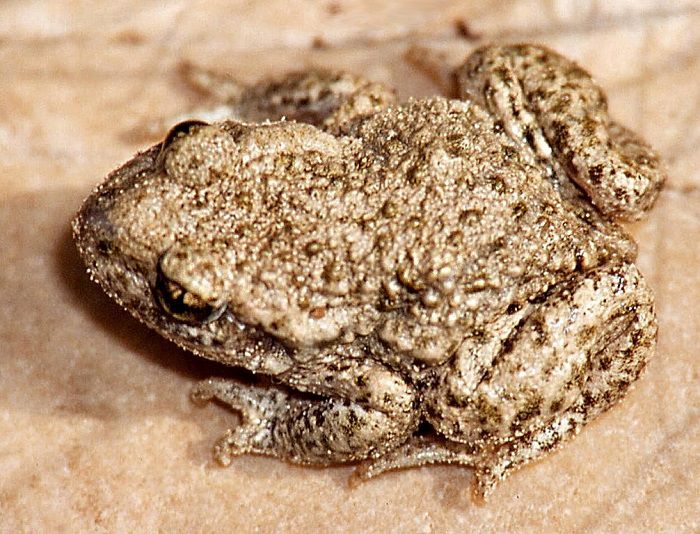Table of Contents
Toads are fascinating animals to keep as pets. They are voracious creatures that can seemingly snap a cricket out of the air. They are also nocturnal, meaning they are more active in the overnight hours than during the day. From time to time a toad in captivity will even begin chirping. If you are a toad owner, beware. Chirping might not be what you think it is.
The thing to remember about animals is that their main function is survival. Everything they do revolves around it. Therefore, a toad’s main priorities are feeding, reproducing, and avoiding predators. If you can think of chirping in those terms, you might be able to figure out yourself why toads vocalize. It is not because they are happy.
Animated Films Are Not Reality
Why is my toad chirping? I will get to that in just a minute. But first, understand that animated films and puppet shows are not reality. The Princess and the Frog doesn’t bear even the slightest resemblance to real life. The Muppets’ Kermit is a puppet. And he’s not even a toad! He’s a frog.
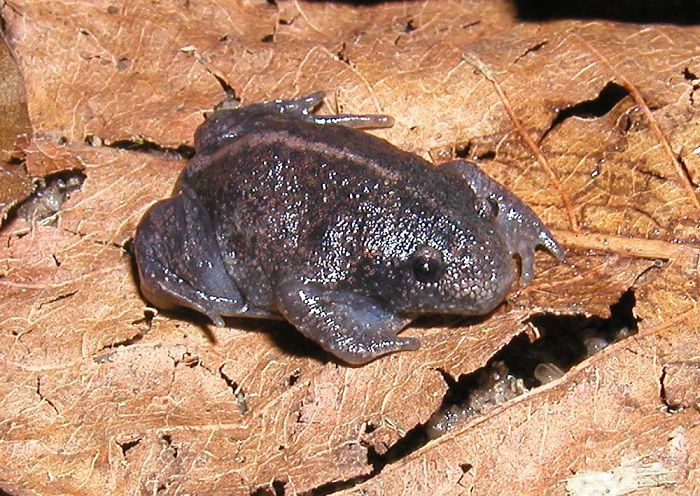
Mexican Burrowing Toad 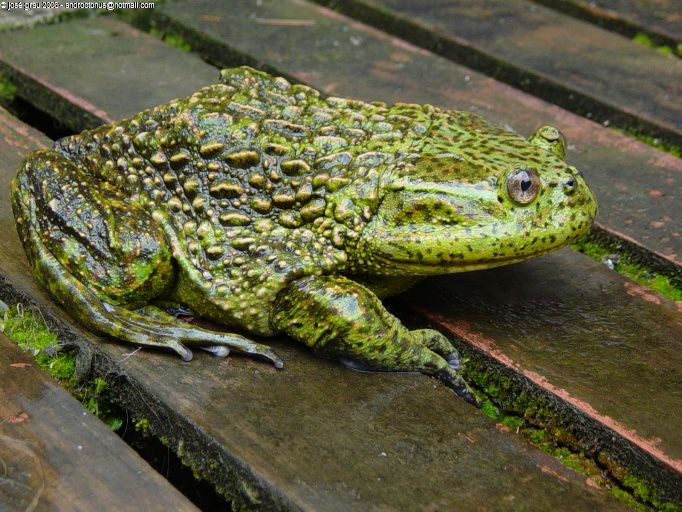
Helmeted Water Toad 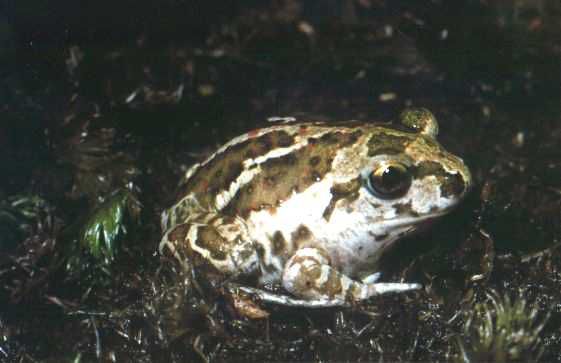
Common Spadefoot Toad
The point of all of this is to say that we humans have a bad habit of projecting human thoughts and emotions on animals. We assume a chirping toad is vocalizing because it is happy. That’s not the case, even among captive toads with no worries of predation.
So, you ask, why is my toad chirping? Science suggests there are two possible reasons. First, chirping might be related to mating. Second, a chirping toad might feel threatened. Let’s look at both possibilities.
Chirping and Mating
Female toads rarely vocalize. So when you hear a toad chirping, it’s almost always a male. Toads will chirp to let females know they are ready and willing to mate. That is pretty typical of all animals. Communication is necessary to let those of the opposite sex know that now is a good time for love.
By the same token, a male toad might mistakenly attempt to mount the back of another male. In such a case, the second toad will vocalize as a means of telling the first toad to back off. Although this isn’t the norm, it does happen from time to time.
A similar situation can occur when a human owner attempts to pet a toad like a dog. Petting sensations may fool the toad into thinking he is being mounted. An immediate chirp is a signal to stop.
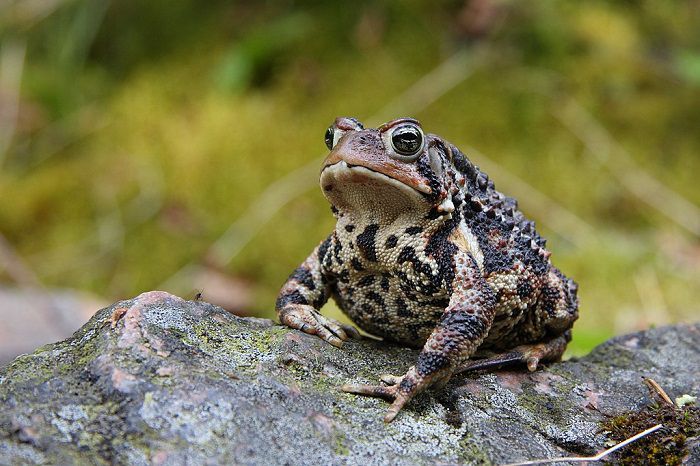
American Toad 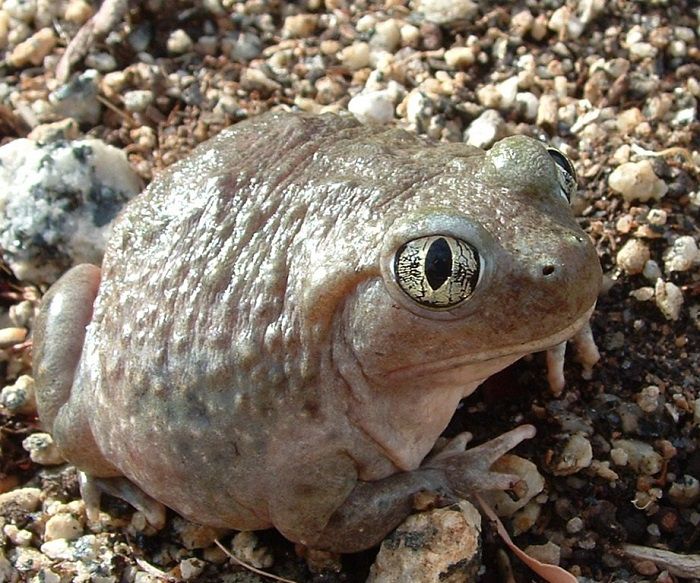
Western Spadefoot Toad 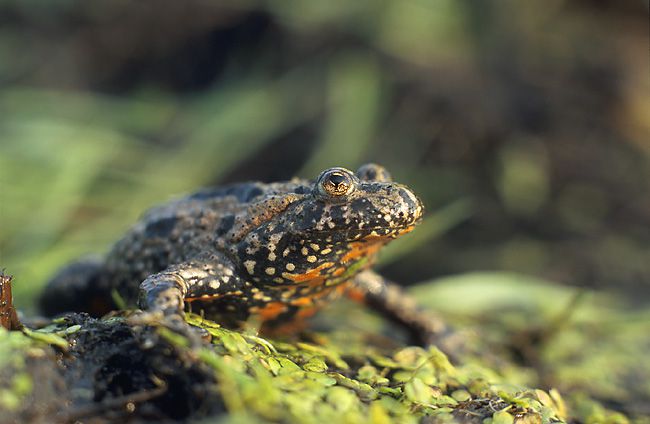
European Fire-Bellied Toad
Chirping When Threatened
Male toads chirp more often when they feel threatened. Chirping is a vocalization that says, “I am not happy here and, if necessary, I intend to do something about it.” Toads in the wild will frequently chirp to let others know to stay away from them and their territory.
Chirping in captivity is similar. Unfortunately, we humans do not see it that way because we are smart enough to know a captive toad is not threatened by predators. But toads don’t know that. As a pet owner, you see yourself as a friend to animals. Your toad might perceive you as a threat.
is not threatened by predators. But toads don’t know that. As a pet owner, you see yourself as a friend to animals. Your toad might perceive you as a threat.
Just like petting can fool a male toad into thinking he is being mounted it can also cause a toad to feel threatened. If your toad chirps while you pet it, it’s not because the creature is enjoying the human contact. It is chirping because it feels threatened. It is telling you to stop.
It is kind of fun to believe toads chirp because they are happy. It can feel make you feel warm and fuzzy to interpret their chirps as beautiful, melodious songs of utter joy. But reality tells a different story. A toad chirps as a matter of survival. It is related to either mating or threats. Do not fool yourself into thinking otherwise.
Here are some videos I found that show pet toads chirping:
Photo Credits:
Featured Image (Common Midwife Toad): Christian Fischer – CC BY-SA 3.0
– CC BY-SA 3.0
Mexican Burrowing Toad: Pstevendactylus – CC BY-SA 3.0
Helmeted Water Toad: José Grau de Puerto Montt – CC BY-SA 3.0
– CC BY-SA 3.0
Common Spadefoot Toad: Franco Andreone – CC BY-SA 2.5
– CC BY-SA 2.5
American Toad: Cephas – CC BY-SA 3.0
– CC BY-SA 3.0
European Fire-Bellied Toad: Marek Szczepanek – CC BY-SA 3.0
– CC BY-SA 3.0
Western Spadefoot Toad: Takwish – CC BY-SA 2.5
– CC BY-SA 2.5

